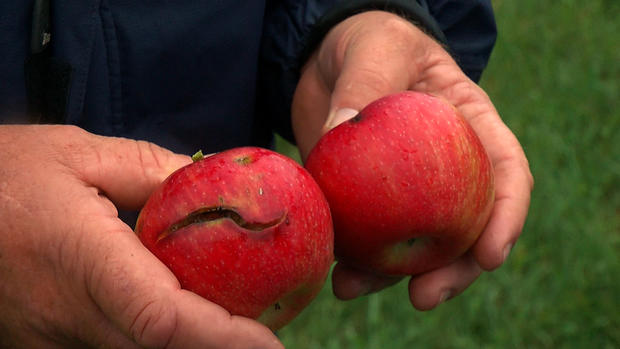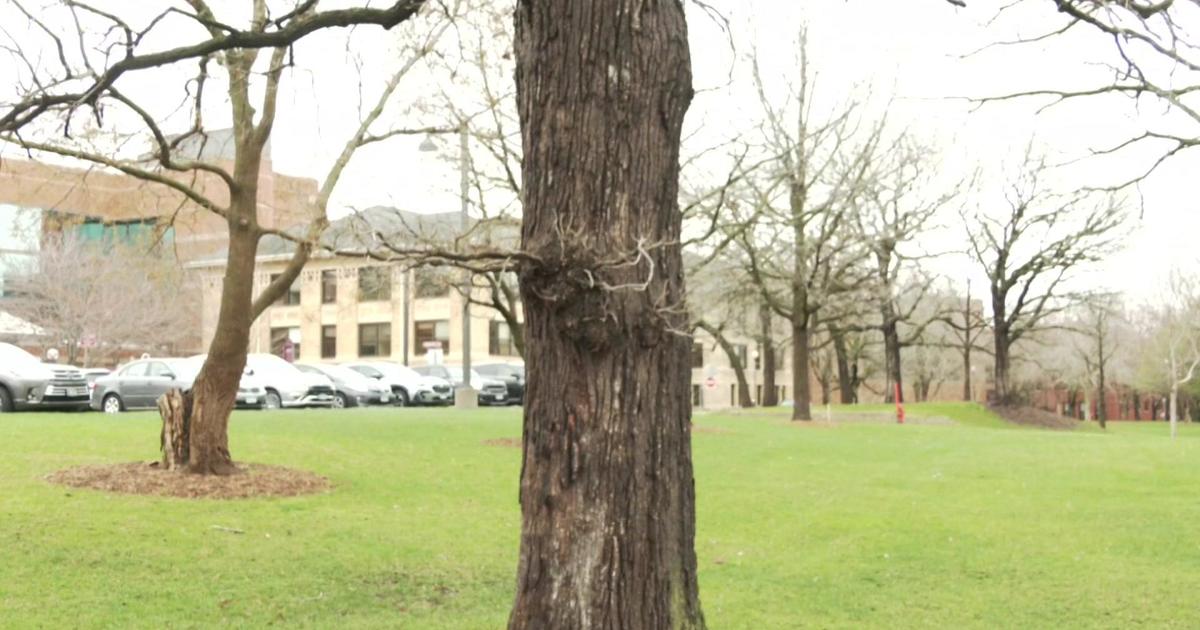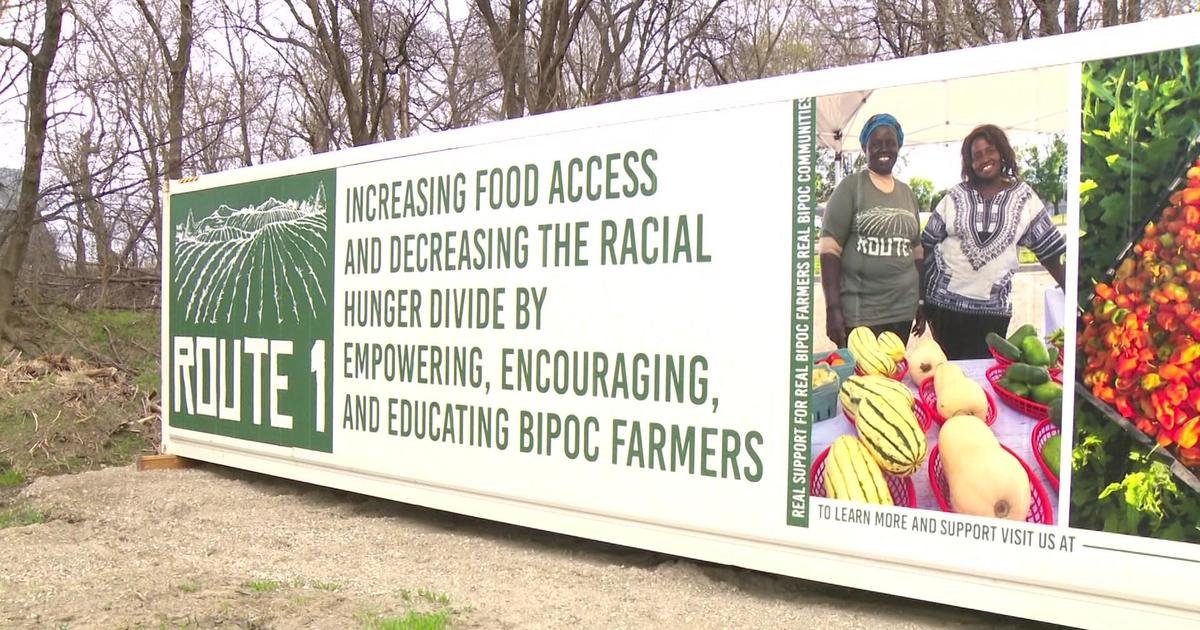How Orchards Protect Their Apples From Rain-Induced 'Shoulder Cracks'
By WCCO-TV's Katie Steiner
MINNEAPOLIS (WCCO) -- Apple orchards are a fall staple in Minnesota and Wisconsin, but some of your favorite apples are not a big fan of all of this rain we could be getting the next couple of days.
The Pine Tree Apple Orchard in White Bear Lake has been in Bill Jacobson's family since the 1950s.
Growing apples here is the only job he has ever wanted. But the way he grows some apples is drastically different than when he first learned how to do it.
"In the old days, it was a lot of standard trees. You would have a big tree, with a root system to match. Very deep, very wide," Jacobson said. "So it could kind of go with the flow as far as heavy rains because it had a lot of moisture underground to deal with."
But now in their specialty trees, like Honeycrisp and SweeTango, they have smaller trees with smaller roots in order to grow more apples per acre. With less roots, Jacobson and his family really have to watch and control how much water the trees get. They watch the weather a week out.
"We look and we might say, 'Oh my gosh, we could have heavy rains on Thursday or Friday, we better make sure that the trees are up to snuff with water so that when they do get that two inches of rain,'" he said. "They just don't suck it all in and have their shoulders crack."
If there is heavy rain on the way, Jacobson, his brother and his nephew will water the trees well before the rainstorm. That way, the tree will be well-hydrated by the time the rain comes, and it won't absorb as much water.
Honeycrips and SweeTangos will split if get too much water too quickly. So in order to keep their apples in tack, the Jacobsons use a moisture meter to keep track of all of their apples. But Jacobson says his co-owners use the meter to reaffirm their gut feelings.
"With my brother and my nephew, they just know what's happening. And they come over here [to the moisture meter] and look at it and say, 'Yah, that's right. We should water,'" Jacobson said.
Growing Honeycrisp and SweeTango apples take a little more care, which is one of the reasons why they are more expensive. Jacobson says that growing apples now days is just more intense than it used to be.
"There's a lot of science involved, but a lot of art, too. There is some finesse involved. We could all work on the same chocolate chip cookie recipe and they would all taste different," Jacobson said.
He also said the growers all around the Twin Cities are rising to the challenge together.
"It's more challenging and it makes us go to a lot of meetings all winter, and compare a lot of notes, with other growers and stuff like that," he said. "It's a real community in the apple grower industry. We cooperate very, very well."
The Jacobsons will start harvesting Honeycrisp apples as soon as it stops raining.




